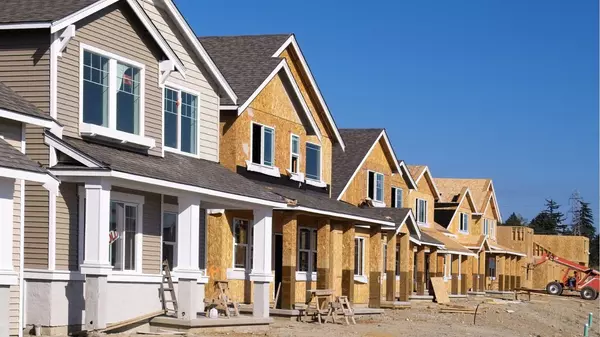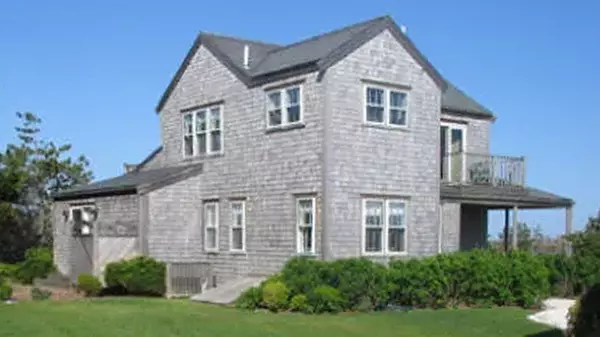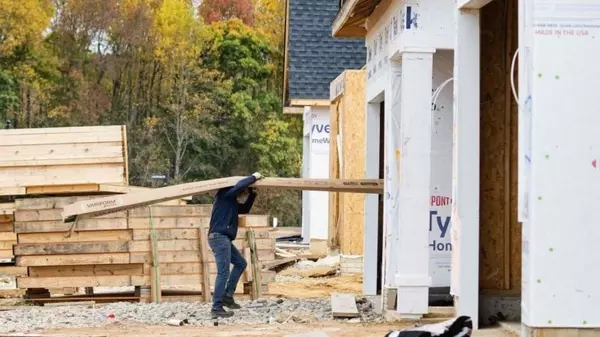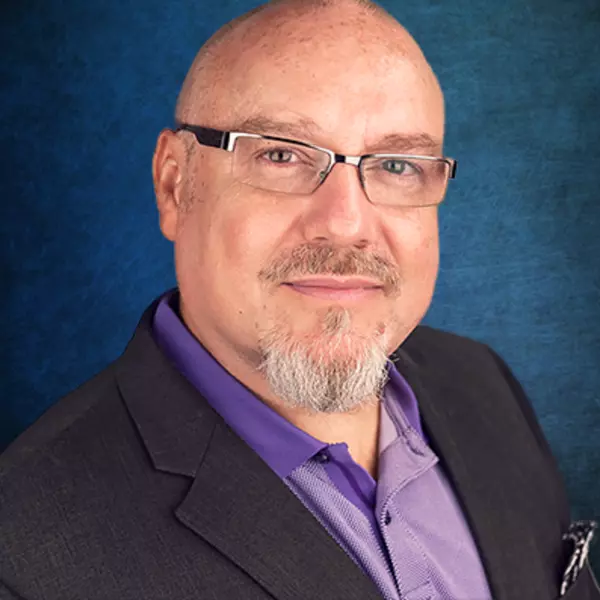California’s Insurer of Last Resort Under Fire for Denying Smoke Damage Claims
They thought they were the lucky ones. After the devastating Los Angeles wildfires destroyed more than 11,000 homes, theirs survived. But now, some of these homeowners say they were abandoned by the very safety net meant to protect them.
The state’s FAIR Plan, which “provides basic fire insurance coverage for high-risk properties when traditional insurance companies will not,” has ballooned 289% since September 2021 as private carriers retreat from the state.
But amid that explosive growth and in the aftermath of the Palisades and Eaton fires, the FAIR Plan is facing mounting allegations that it illegally denied smoke damage claims, leaving wildfire survivors with few options and little recourse.
The showdown
In late July, the Department of Insurance filed a formal legal action against the state’s FAIR Plan, accusing the insurer of "systematically denying and limiting smoke damage claims from wildfire survivors—particularly in the wake of the Palisades and Eaton Fires earlier this year."
“I’ve spoken with wildfire survivors who would rather lose their homes to flames than endure the stress and confusion of navigating smoke damage claims. This is unacceptable,” Insurance Commissioner Ricardo Lara said in a statement.
The action follows a 2021 market conduct exam that uncovered 418 violations of state law and the insurance code, many tied to policy language the FAIR Plan adopted in 2017. That language required homeowners to show “permanent physical damage” before smoke claims would be paid.
It’s that language—that homeowners must show “permanent physical damage”—that regulators now say may be unlawful.
“Whether a consumer is insured by a private company or the FAIR Plan, they are entitled to fair and thorough claims handling,” Lara's statement continued. “Oversight and enforcement are crucial for my Department to protect consumers. It is our duty to conduct comprehensive investigations based on consumers’ experiences and uncover the facts necessary to build strong cases—that’s how we ensure swift and lasting accountability for our state’s insurance companies.”
The FAIR Plan is defending its record, stressing that billions in claims are already being processed.
“The FAIR Plan understands the heavy toll wildfires have on families and communities, which extends far beyond the loss of property, and we remain focused on helping our customers recover and rebuild,” spokesperson Hilary McLean told Realtor.com®.
“The FAIR Plan expects to pay in the range of $3.5 billion to $3.8 billion for losses, with an estimated $600 million in claims related to the Eaton Fire, and an estimated $3 billion in claims from Palisades. This number includes all claims, including smoke claims,” she said. Thousands of policyholders have already received payments.
Homeowners left in limbo
But for families who haven’t had their claims paid, the fight over smoke damage is a crisis of its own. Survivors say they were left to live in ash-filled homes without testing for potential hazards.
"They don't do environmental or toxicity testing. They don't cover the air, so if the neighborhood air quality is bad, that doesn't matter as long as my structure is cleaned up; that's all they'll do," Kirstin Davis, who lives next door to a home that burned and whose house is covered in ash, told CBS News in May.
Some survivors have taken their fight to court.
Attorney Dylan Schaffer has already won a pretrial ruling from a Los Angeles Superior Court judge deeming the FAIR Plan’s smoke-damage policy language illegal concerning a 2021 case, and he tells the Los Angeles Times he’s preparing to seek an injunction that could force the plan to reopen thousands of denied claims if he is successful in trial.
Meanwhile, the FAIR Plan’s footprint is expanding, as private insurers retreat from wildfire-prone areas. The plan now covers nearly 591,000 policyholders statewide as of June, almost double its enrollment in 2021, according to a Times analysis. In fire zones like Altadena and Pacific Palisades, enrollment jumped nearly 50% last year alone—meaning more families than ever are relying on a safety net that's now under fire.
The deadly science of smoke
The allegations come at a time when our understanding of the dangers of wildfire smoke is coming into focus.
A recent study published in Science Advances—a peer-reviewed journal published by the American Association for the Advancement of Science—led by the National Center for Atmospheric Research, found that emissions from wildland-urban interface (WUI) are three times more likely to cause premature deaths than smoke from remote wildfires.
“Even though the emissions of WUI fires are relatively small globally, the health impacts are proportionately large because they’re closer to human populations,” said NCAR scientist Wenfu Tang, the study’s lead author.
The danger stems from proximity and what’s burning. When homes and businesses ignite, the smoke isn’t just wood ash. It carries a mix of fine particulates and chemicals released from furniture, plastics, insulation, and treated building materials. These pollutants settle deep inside the lungs and linger long after flames are out.
Stanford researchers reinforced this in a September 2025 study in Nature—one of the most respected and influential scientific journals—which found wildfire smoke caused more than 41,000 excess deaths annually in the U.S. during the past decade and warned that deaths could rise by 70% by midcentury.
The team of researchers highlighted that when structures burn, the toxic chemicals released make smoke even more harmful than conventional urban air pollution.
As Stanford professor Marshall Burke put it, the burden is “our understanding of who is vulnerable to this exposure is much broader than we thought. ... It’s pregnant people, it’s kids in schools, it’s anyone with asthma, it’s people with cancer. We look at one specific health outcome in this study—mortality—and unfortunately find a shared burden of exposure for individuals across the U.S.”
The political heat
The legal fight over smoke claims has quickly spilled into the political arena—and into courtrooms.
Gov. Gavin Newsom has also weighed in in early September, urging the FAIR Plan to process smoke claims “expeditiously and fairly” in a letter to the FAIR Plan’s president.
“I write with an urgent call to action regarding smoke damage claims resulting from the January 2025 Los Angeles wildfires. I am deeply concerned that the FAIR Plan’s handling of these claims is unscrupulous and unfair, and may ultimately be illegal," the letter read.
At the same time, Lara’s department is looking to the future, launching a Smoke Claims & Remediation Task Force to create statewide standards for investigating and cleaning toxic contamination from smoke—a regulatory gap advocates argue should have been closed decades ago.
A parallel wave of lawsuits is targeting the industry more broadly. After the January fires, 14 Los Angeles families sued major insurers, accusing them of colluding to drop coverage in fire-prone areas and funnel homeowners onto the FAIR Plan. The suits allege the FAIR Plan’s policies are more expensive and cover less, leaving survivors underinsured just as they face billions in rebuilding costs.
Why this matters beyond California
The stakes in California’s showdown with the FAIR Plan extend far beyond state lines. Across the country, insurers are retreating from high-risk markets, leaving millions of homeowners dependent on state-backed “insurers of last resort.” More than 30 states now operate such programs, and experts warn they may be buckling under today’s climate-fueled disasters.
As Doug Heller of the Consumer Federation of America told NPR, concentrating the riskiest policies in one fragile pool is a disaster waiting to happen.
Florida offers the sharpest warning. There, Citizens Property Insurance—the state's not-for-profit insurer of last resort—routes disputes into administrative hearings rather than traditional courts, a system where the company wins over 90% of the time. Advocates say it's a necessary tool to keep overhead manageable and keep the company solvent amid rising claims in the state, while critics say the process strips homeowners of basic rights, forcing many to accept settlements worth only a fraction of their repair costs.
As climate risks rise, how states reform their insurers of last resort could offer a preview of who ultimately bears the cost of disaster.
Categories
Recent Posts










GET MORE INFORMATION

